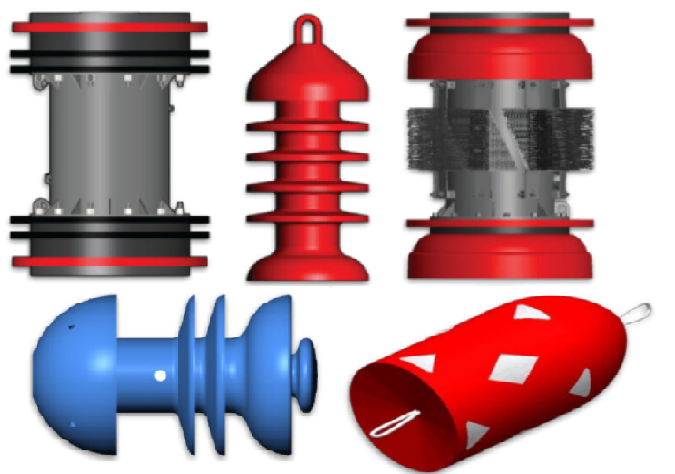Elite Pipeline Pigs manufacture of pipe cleaning equipment involves designing, fabricating, and assembling specialized tools and machinery used to maintain and clear pipes from obstructions, debris, scale, or other residues that could impede fluid or gas flow. These cleaning devices are essential in various industries such as oil and gas, plumbing, water treatment, HVAC systems, and food production.
Key Steps in Pipe Cleaning Equipment Manufacture:
- Design and Engineering:
- Concept Development: Identifying the specific type of pipe cleaning needed (mechanical, chemical, or hydraulic) and the size, material, and complexity of pipes.
- Engineering Drawings: Creating detailed technical drawings that specify the dimensions, materials, and features of the cleaning equipment.
- Material Selection: Choosing high-quality, durable materials like stainless steel, plastics, and rubber, based on the type of residue or blockage in the pipes and the chemical compatibility with the cleaning solutions.
- Prototyping and Testing:
- Prototype Creation: Developing a prototype to test the functionality of the pipe cleaning equipment, ensuring it can effectively remove obstructions without damaging the pipes.
- Performance Testing: Assessing the equipment’s performance under real-world conditions to evaluate cleaning efficiency, durability, and ease of use.
- Manufacturing:
- Fabrication: Cutting, bending, and shaping materials according to the design specifications. Advanced manufacturing processes, such as welding, molding, and 3D printing, may be used for custom parts.
- Assembly: Assembling various components like brushes, nozzles, cleaning heads, and motors, depending on the type of pipe cleaning tool (e.g., mechanical scrubbers, high-pressure water jet systems, or robotic pipe cleaners).
- Power Systems Integration: Installing motors, hydraulic pumps, or air compressors that drive the cleaning process in more advanced models.
- Customization:
- Tailored Solutions: Customizing the equipment based on the customer’s specific needs, such as adjustable pressure levels, automated systems, or compatibility with various pipe sizes.
- Add-ons and Features: Offering additional features like remote controls, safety mechanisms, or sensors to detect pipe blockages.
- Quality Control and Inspection:
- Safety Testing: Ensuring that the cleaning equipment meets industry standards and safety regulations.
- Final Inspection: Checking for defects in the materials and ensuring that all parts function as designed.
- Packaging and Distribution:
- Packing: Carefully packaging the equipment to avoid damage during shipping.
- Delivery: Distributing the equipment to customers or service providers.
Types of Pipe Cleaning Equipment Manufactured:
- Hydro Jetting Machines: Use high-pressure water to clean and clear blockages from pipes.
- Mechanical Pipe Cleaners: Devices that physically scrape or brush debris out of pipes.
- Robotic Pipe Cleaners: Remote-controlled robots equipped with tools that clean pipes, often used in hard-to-reach areas.
- Pigging Systems: Devices inserted into pipelines to remove deposits and maintain smooth flow.
- Drain and Sewer Cleaning Equipment: Specifically designed for smaller pipes in residential or commercial plumbing systems.
Industries Served:
- Oil and Gas Industry: For clearing pipelines carrying oil, gas, or petrochemicals.
- Municipalities: For cleaning sewer and storm water pipes.
- Food and Beverage: To ensure that food-grade pipes are clear and sanitary.
- HVAC Systems: To maintain ventilation and cooling pipe systems.

